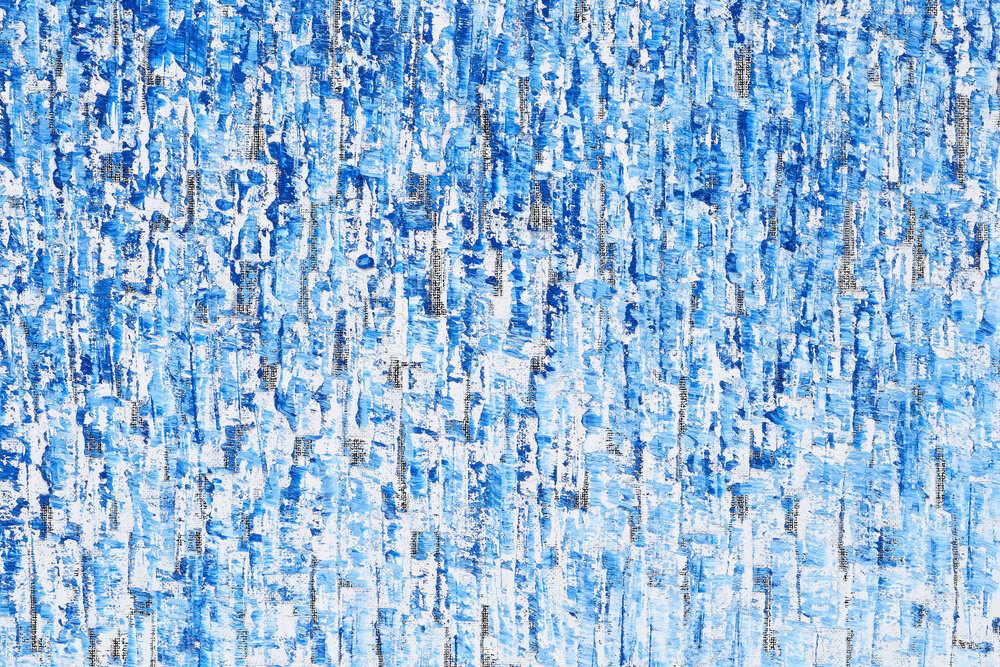New York Times: Postcards from the Biennale
April 21, 2022
Andrew Russeth
Read hereAfter a delay, this city is once again filled with the art class—the pavilions are full, and the parties are thrumming. But the coronavirus is still creating problems. Ha Chong-hyun, a revered Korean artist and exponent of Dansaekhwa or monochrome (single-color) painting, 86, was set to toast the opening of a survey of his work this week at the Palazzetto Tito, but both he and his wife, Park Mi-ja, tested positive and stayed home.
On Wednesday evening, the show’s curator, Sunjung Kim, was pushing ahead, welcoming guests to the exhibition (the artist’s eldest son, Ha Yun, whose birth inspired a 1967 piece on view, would be on hand the next day). There are a bounty of Ha’s trademark works, rough and elegant pictures he made by pushing oil paint through hemp cloth, as well as brooding early abstractions he treated with flames and some covered with barbed wire or springs. His recent work has featured radiant colors, and a brand-new one—shimmering with blue and white marks, a kind of waterfall—was barely dry.
“The Biennale always shows new things, but I wanted to do a retrospective,” Kim said, explaining that her aim is for people to understand how Ha “shows Korean contemporary art changing and growing, along with our economic development.” As it happens, she came across his art in a small space in the 1993 Biennale (back before the country had a permanent Venice pavilion). Now his work has an exhibition hall to itself, and she is hoping he will get to see it later in its run.
